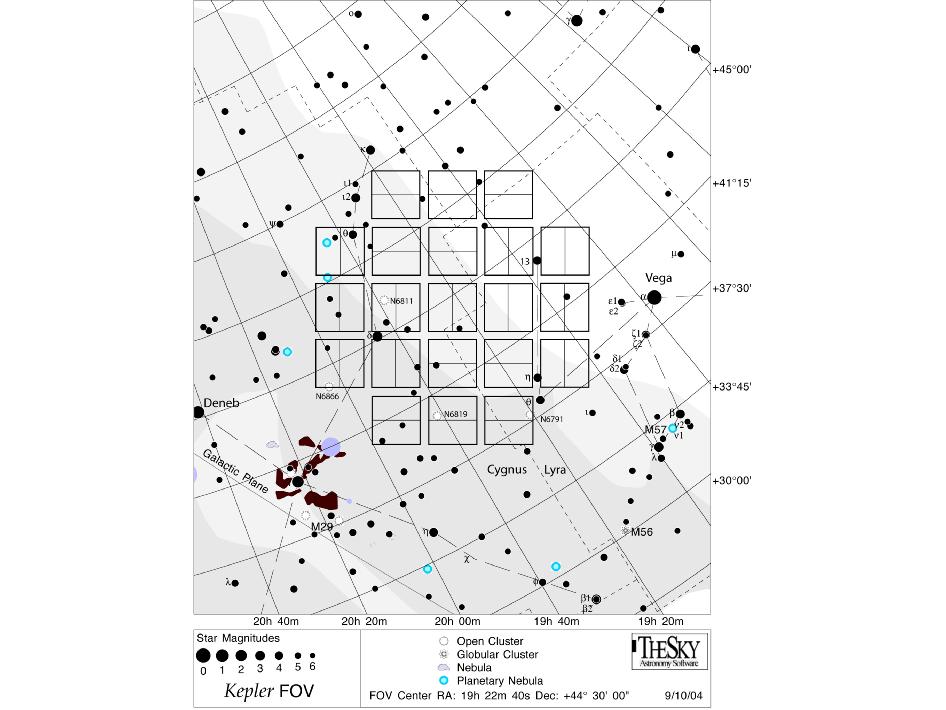 When looking through the eyepiece of a telescope, a variety of field of view can be seen. The field of view is the area that can be seen through the eyepiece and is measured in angular diameter. Different factors cause the variations in the field of view such as the magnification, field stop of the eyepiece and its other properties.
When looking through the eyepiece of a telescope, a variety of field of view can be seen. The field of view is the area that can be seen through the eyepiece and is measured in angular diameter. Different factors cause the variations in the field of view such as the magnification, field stop of the eyepiece and its other properties.
Because of these factors, the field of view is classified into two types: the true field of view and the apparent field of view. The apparent of view is the angular diameter of the area of the sky that is seen in the eyepiece. It usually gives an image that is larger and shows more area given the same focal length.
However, the true field of view through an eyepiece is the angular diameter of the circle or the area in the sky that can be seen through when the eyepiece is attached to the telescope so that it modifies the magnification.
It is particularly important to know what you will actually see in the sky when the eyepiece is placed in the telescope. Thus, a simple formula is developed to approximately determine the true field of view.
Since the apparent field of view is given in any eyepiece with the same focal lengths, the true field of view can then be approximately calculated using this formula:
True field of view = Apparent field of view/ Magnification
The usual value for the true field of view is one tenth of a degree to two degrees about the same apparent FOV as the sun.
